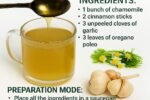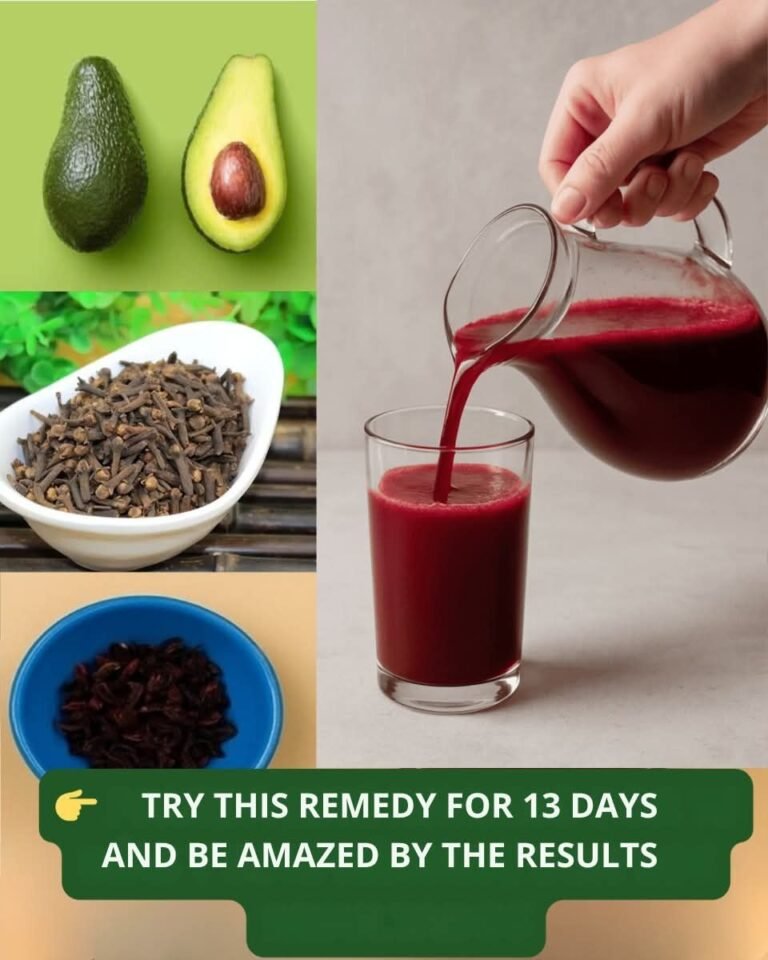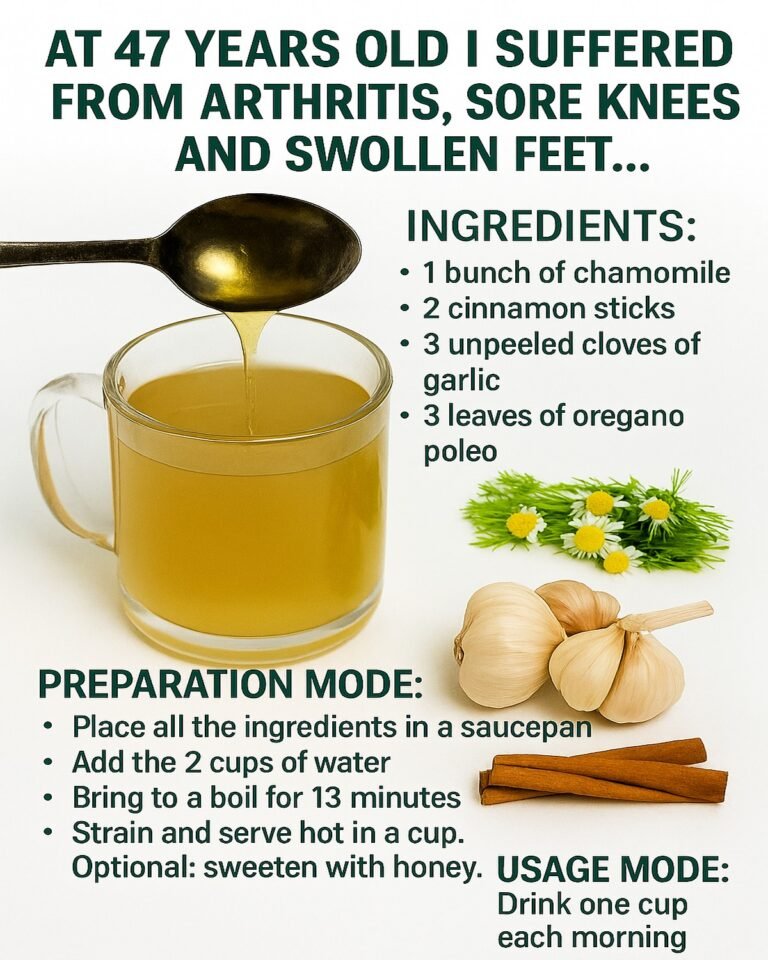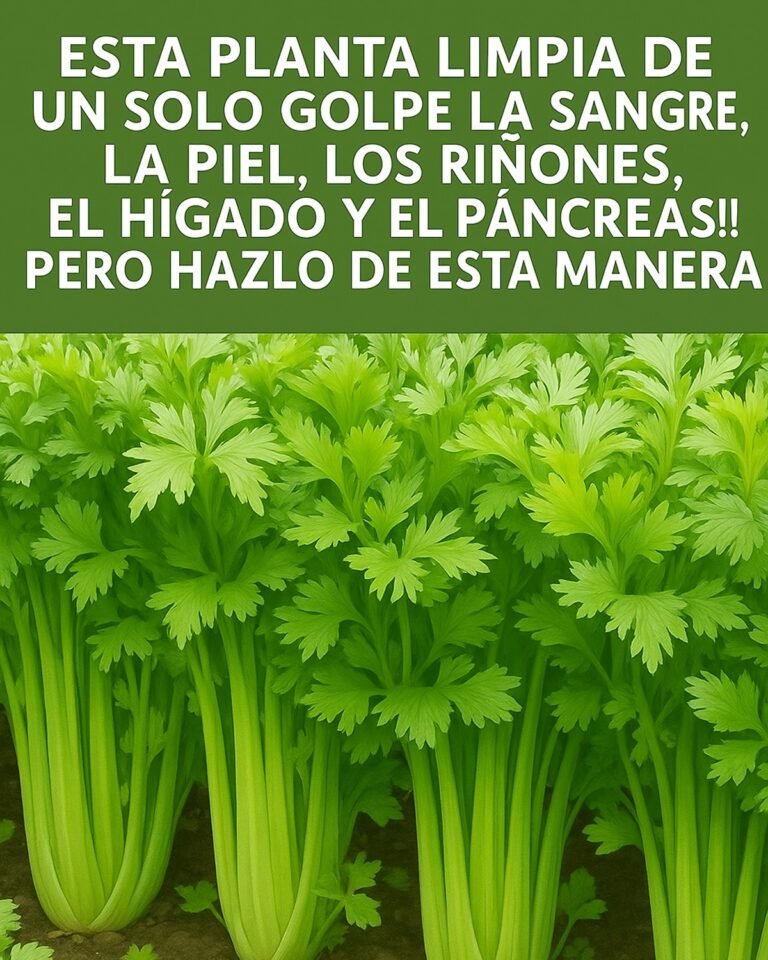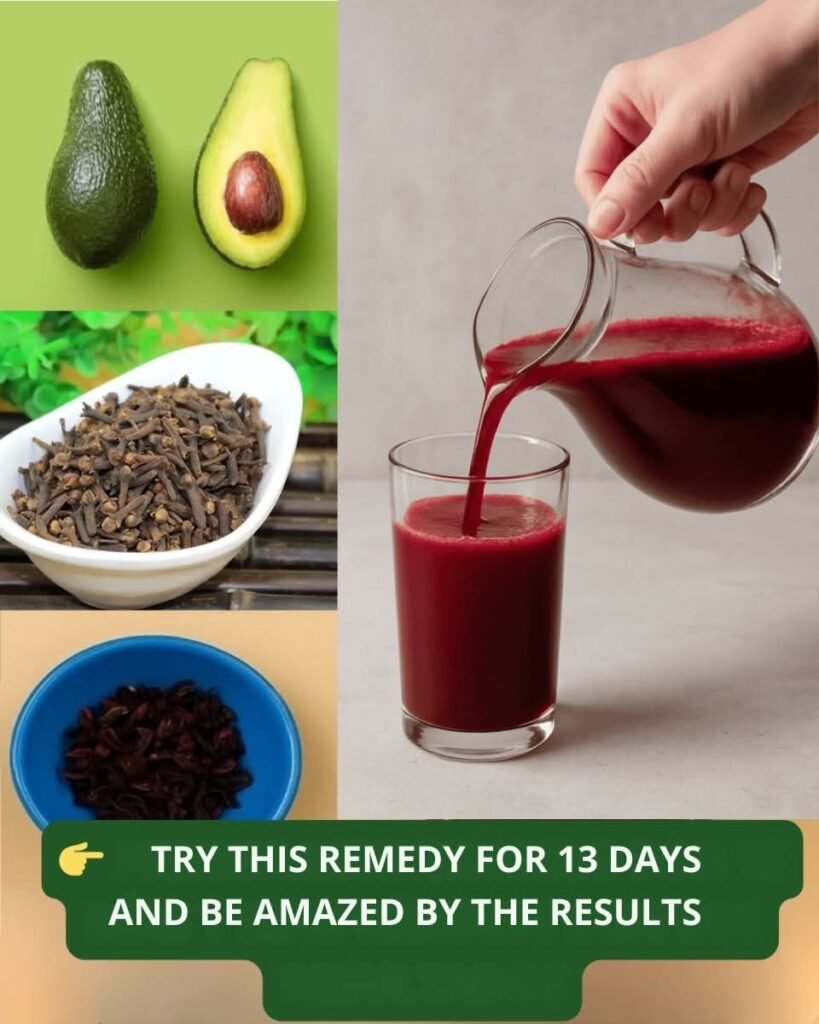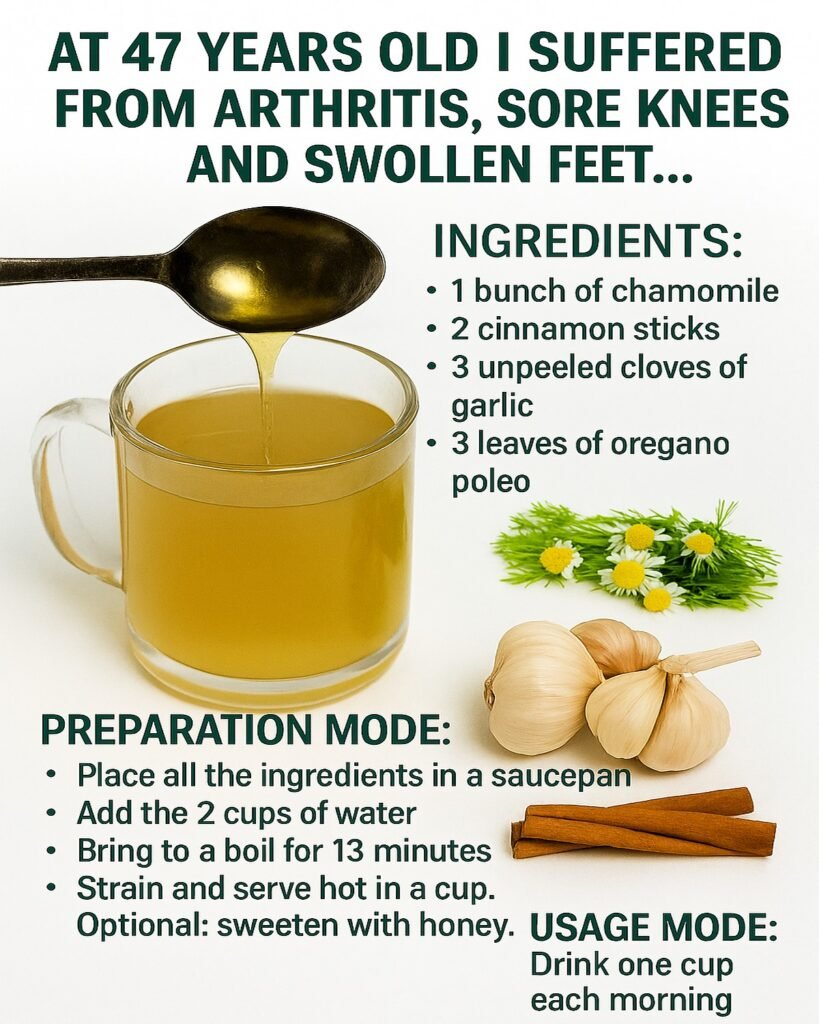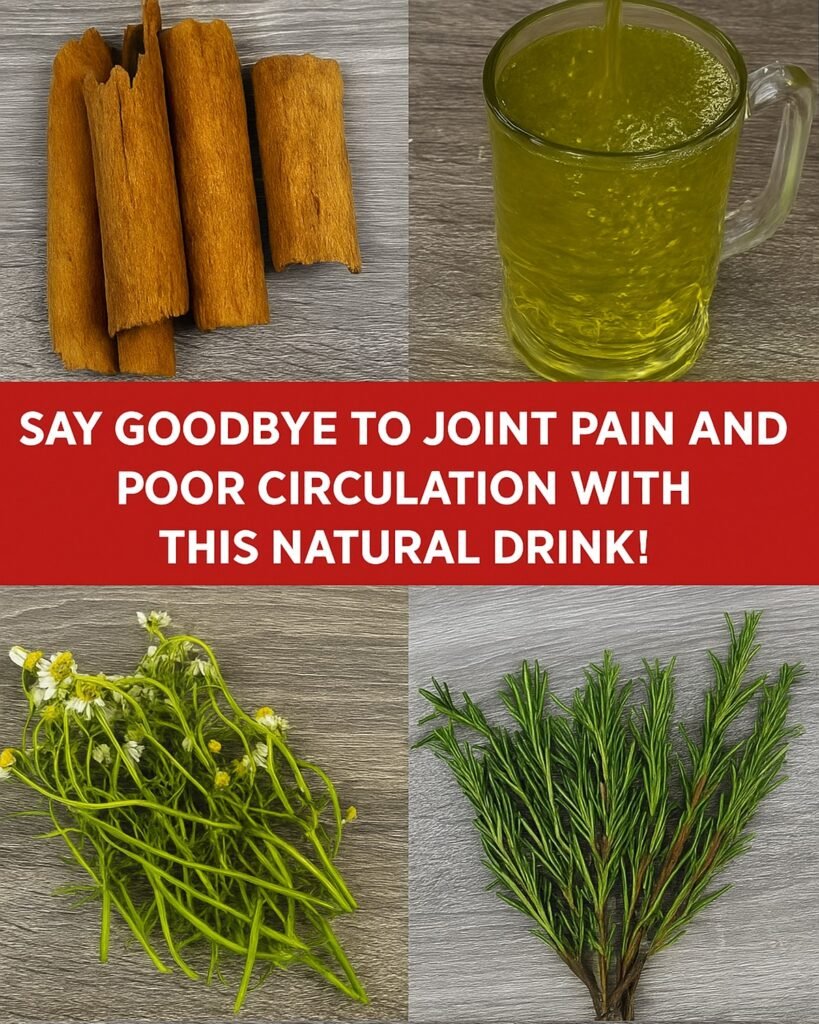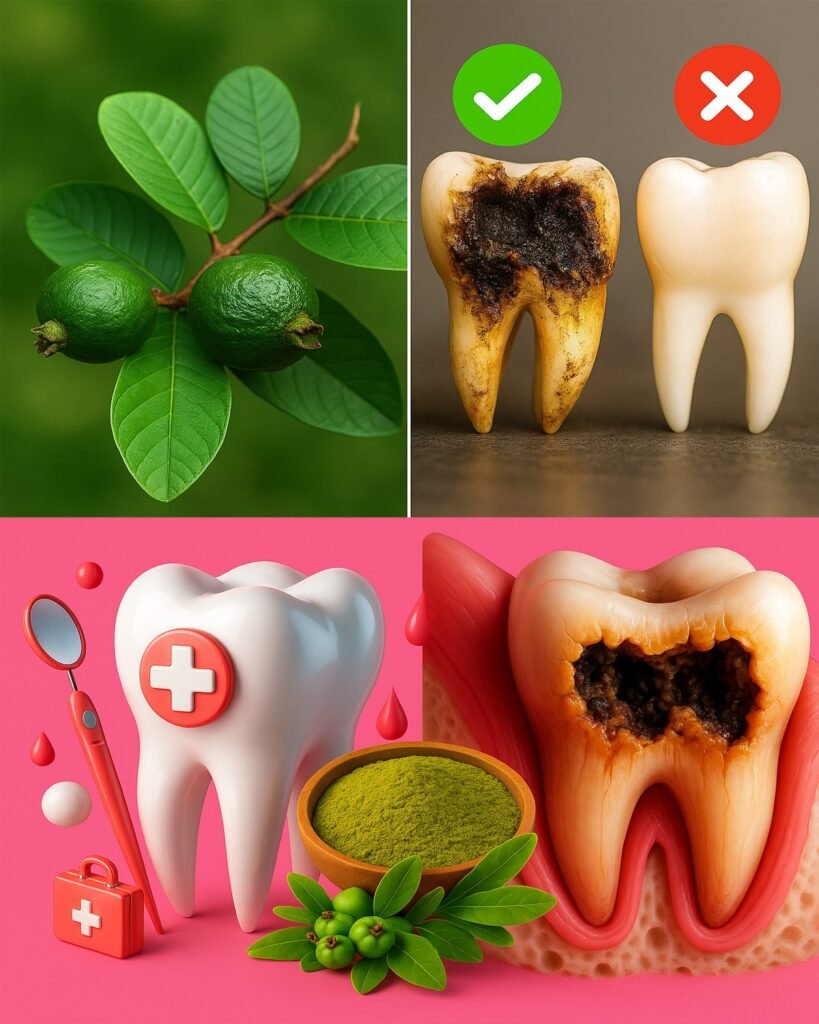10 Alarming Signs You May Have an Iron Deficiency (Anemia)
You wake up tired, even after eight hours of sleep. Your heart races after climbing a single flight of stairs. You feel lightheaded, your skin looks pale, and somehow, coffee doesn’t help anymore. You tell yourself it’s just stress—but what if it’s something deeper?
What if your body is quietly running low on one of its most essential nutrients—iron?
Iron is the hidden engine behind your energy. It helps produce hemoglobin, the protein in red blood cells that carries oxygen throughout your body. Without enough of it, every cell, every muscle, and every organ starts to slow down. The result? A condition known as iron deficiency anemia—and it’s more common than you think.
In fact, studies suggest nearly one in four women and one in ten men in the U.S. have some level of iron deficiency. The tricky part? It develops slowly, and the symptoms often masquerade as everyday fatigue or aging.
So how can you tell if your body is waving the red flag? Let’s uncover the 10 warning signs your body may be crying out for more iron—plus what you can do to restore your strength naturally.
Why Iron Matters More Than You Realize
Iron doesn’t just keep you from feeling tired. It’s vital for oxygen transport, brain function, hormone balance, and even immunity. Without it, your red blood cells can’t carry enough oxygen, forcing your heart and lungs to work overtime.
Over time, this imbalance can affect everything from your skin tone to your mood.
But here’s where it gets tricky—your body doesn’t naturally produce iron. You have to get it from food, and factors like poor diet, digestive issues, or blood loss can all drain your reserves.
So, let’s explore the 10 signs that could mean your iron tank is running dangerously low.
10. Persistent Fatigue That Won’t Go Away
We all feel tired sometimes—but iron deficiency fatigue hits differently. It’s deep, dragging, and doesn’t go away with rest.
That’s because your body literally lacks the oxygen it needs to fuel your muscles and brain. Even simple tasks—walking the dog, cooking dinner, reading a book—can feel exhausting.
You might find yourself relying more on caffeine, but it barely scratches the surface. This kind of fatigue isn’t about sleep—it’s about your blood struggling to do its job.
And if you’ve been ignoring it, the next sign may already be showing up.
9. Pale Skin and Dull Complexion
Iron gives your blood its red color—so when levels drop, your skin can lose its natural glow. You might notice paleness not only in your face but also inside your lips, eyelids, and nails.
This happens because your red blood cells are producing less hemoglobin, leaving your skin looking washed out and tired.
A simple trick: pull down your lower eyelid. If the inner rim looks white or pale pink instead of bright red, it could be a clue your iron levels are low.
But that’s not the only visible sign your body might show.
8. Shortness of Breath During Everyday Activities
If you find yourself huffing and puffing after minor exertion—like walking up stairs or carrying groceries—it could be more than just being out of shape.
When you’re low on iron, your red blood cells can’t deliver enough oxygen to your muscles. Your body compensates by making you breathe harder to take in more oxygen.
It’s a subtle symptom at first, but over time, it can make even daily tasks feel like mini workouts.
7. Dizziness or Lightheadedness
Iron deficiency affects blood flow to your brain, leading to episodes of dizziness or feeling faint. This often happens when you stand up quickly or go too long without eating.
Some people describe it as a “floating feeling” or moments of tunnel vision. If this is happening regularly, it’s your body signaling oxygen isn’t getting where it needs to go.
6. Cold Hands and Feet
Ever wonder why your fingers or toes always feel cold—even in warm rooms? Low iron could be the culprit.
When iron levels drop, your circulation weakens, and your body prioritizes sending oxygen to vital organs instead of extremities. The result: chilly hands, feet, and sometimes even a bluish tint to your nails.
But circulation problems aren’t the only surprising symptom of anemia—your appetite can change too.
5. Unusual Cravings (Even for Non-Foods)
Here’s a strange one: some people with iron deficiency develop a craving for ice, clay, dirt, or even paper. This condition, called pica, is believed to be linked to the body’s instinctive search for missing minerals.
If you find yourself constantly chewing ice or craving odd textures, your body might be trying to tell you something important.
And that’s not the only craving iron deficiency can trigger…
4. Hair Loss and Brittle Nails
Iron feeds your hair follicles and supports keratin production—the protein that keeps hair strong. Without enough iron, strands can thin or fall out, and nails may become weak or spoon-shaped.
This doesn’t happen overnight, but over time, you might notice more hair in your brush or nails that split easily.
It’s one of those subtle symptoms that’s easy to dismiss—until it becomes hard to ignore.
3. Rapid Heartbeat or Heart Palpitations
When your blood lacks oxygen, your heart works harder to make up for it. You might notice your heart racing even when you’re resting, or experience occasional pounding sensations in your chest.
For some, this can lead to irregular heartbeats or shortness of breath during sleep. While it’s not always serious, it’s definitely a sign that something deeper may be going on.
2. Frequent Headaches and Poor Concentration
Your brain consumes about 20% of your body’s oxygen. When iron levels drop, your brain gets less of it, causing headaches, mental fog, or difficulty concentrating.
You might feel irritable or struggle to focus on tasks that used to come easily. Some people describe it as “thinking through fog.”
But there’s one sign that surprises even doctors—because it shows up long before most people suspect anemia.
1. Restless Legs or Tingling Sensations
If you’ve ever had a strange tingling, crawling feeling in your legs at night, iron deficiency could be behind it. Restless leg syndrome has been linked to low iron, as the brain areas controlling movement depend on iron for proper dopamine function.
This makes it hard to relax or fall asleep, creating a frustrating cycle of exhaustion and discomfort.
Case Study #1: Lisa’s Story – The Tired Teacher
Lisa, 43, was an energetic high school teacher who began feeling constantly drained. She blamed it on her workload—until she fainted in class one afternoon.
Her doctor discovered her iron levels were critically low due to heavy menstrual cycles. After treatment and dietary changes, she described it as “getting her life back.”
“I didn’t realize how much energy I’d lost until I had it again,” she said.
Case Study #2: Mark’s Experience – The Marathon Runner
Mark, 39, loved running marathons but noticed his endurance dropping dramatically. His blood tests showed iron deficiency, likely from the constant strain and minor internal bleeding common among distance runners.
Within weeks of adjusting his diet, he regained his stamina. “It wasn’t my training,” he said. “It was my nutrition.”
Comparison Table: Common Iron Sources
| Food Source | Type of Iron | Absorption Quality | Notes |
|---|---|---|---|
| Red meat | Heme iron | High | Best absorbed by the body |
| Spinach | Non-heme iron | Moderate | Better with vitamin C |
| Lentils | Non-heme iron | Moderate | Great plant-based option |
| Shellfish | Heme iron | High | Also rich in zinc |
| Tofu | Non-heme iron | Moderate | Combine with citrus for better absorption |
How to Naturally Support Healthy Iron Levels
You don’t need drastic changes—just consistent, mindful nutrition.
Simple Steps to Boost Iron:
- Pair plant-based iron with vitamin C (e.g., spinach + lemon).
- Avoid drinking tea or coffee with meals—they can block iron absorption.
- Include lean meats, beans, or fortified cereals in your diet.
- If recommended by your doctor, consider iron supplements under guidance.
Quick Safety Tips
| Tip | Why It Matters |
|---|---|
| Don’t self-diagnose | Fatigue can have many causes—always test iron levels. |
| Avoid excess supplementation | Too much iron can harm the liver. |
| Cook in cast-iron pans | Can slightly increase iron content in food. |
| Combine foods wisely | Vitamin C enhances absorption; calcium can reduce it. |
The Bottom Line
Iron deficiency doesn’t happen overnight—but it can sneak up quietly, draining your energy, mood, and focus. The key is awareness. The sooner you recognize the signs, the faster you can take action.
If you see yourself in these symptoms, don’t brush them off. A simple blood test could reveal the cause—and a few mindful adjustments could restore your vitality, clarity, and strength.
Your energy is your life force. Don’t let it fade unnoticed. Start paying attention today—because your body has been whispering, and it’s time to listen.
This article is for informational purposes only and should not replace professional medical advice. Always consult your healthcare provider for personalized guidance.


